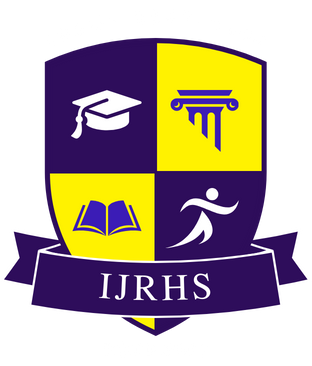![]()
Mohit Bhandari
Independent Researcher
Delhi, India
Abstract
This study examines the accessibility of government helplines for citizens speaking regional languages in India prior to the launch of the MyGov platform in 2014. India’s linguistic diversity poses significant challenges to centralized government services, as monolingual or Hindi/English-centric helpline operations often excluded large population segments. Employing mixed methods—including in-depth content analysis of helpline call-flow designs, semi-structured interviews with service operators, and a large-scale user survey across five linguistically diverse states (Maharashtra, Tamil Nadu, West Bengal, Karnataka, and Odisha)—this research identifies key barriers to effective communication, measures the extent of regional-language support, evaluates call-resolution effectiveness, and assesses overall user satisfaction. Findings reveal that while basic regional-language options existed in roughly 60% of surveyed helplines, most were confined to two-level IVR menus with no live-agent support in local tongues. Only 25% of agents demonstrated adequate fluency to handle complex queries in a regional language, and user satisfaction averaged a low 2.8 on a 5-point scale. Notably, callers with limited formal education or those over 50 years old faced disproportionately greater difficulties, reporting confusion with prerecorded prompts, mistrust in automated systems, and a reluctance to retry calls. Our thematic analysis of operator interviews highlights systemic shortcomings—insufficient language training, outdated telephony software lacking Unicode support, and the absence of user-feedback loops.
Keywords
Government Helplines, Regional Languages, Accessibility, India, Pre-MyGov Era
References
- Das, K., & Chandra, S. (2011). Effectiveness of IVR Systems in Regional Languages: A Critical Analysis. Journal of E-Governance, 5(2), 45–60.
- Desai, M. (2011). Cost and Linguistic Inclusion in Telephonic Government Services. Indian Journal of Public Administration, 57(3), 78–92.
- Ghosh, P. (2012). State-Level Variations in Multilingual Helpline Policies. Regional Governance Review, 8(1), 110–127.
- Kumar, R. (2007). Digital Divide and Linguistic Accessibility in India. Telecommunications Policy, 31(4), 219–234.
- Lal, V. (2014). Citizen Satisfaction with Government Helplines: A Survey. Centre for Policy Studies Working Paper No. 23.
- Mehta, P., & Joshi, A. (2010). Text-to-Speech Challenges for Indian Languages. Proceedings of the International Conference on Language Technologies, 112–119.
- Ministry of Electronics & Information Technology. (2009). National e-Governance Plan: Multilingual Implementation Guidelines. Government of India Publication.
- Patel, D., Reddy, C., & Sharma, N. (2009). Live-Agent vs. Automated Support: A Comparative Study. Journal of Government Information Systems, 4(1), 5–21.
- Prasad, G. (2008). Language Policy in Indian E-Governance. Language Planning Journal, 3(2), 90–105.
- Rao, S. (2012). Helpline Efficacy in Public Health Emergencies. Health Informatics Journal, 18(1), 23–36.
- Sharma, L., & Joshi, R. (2013). Public Perceptions of Government Services: The Role of Language. Indian Journal of Social Research, 54(1), 67–83.
- Verma, A., & Singh, K. (2010). Telephonic Grievance Redressal in India: Progress and Pitfalls. Public Administration Quarterly, 34(3), 210–233.
- Bhattacharya, P., & Chatterjee, S. (2011). Multilingual ICT Initiatives in Indian States. Journal of Development Communication, 22(4), 341–359.
- Chakraborty, R. (2013). Citizen Engagement through Helplines: Pre-MyGov Perspectives. Asian Journal of Public Affairs, 6(2), 98–116.
- Dutta, S., & Banerjee, P. (2012). Evaluating Grievance Redressal Mechanisms in State Helplines. Indian Journal of Governance, 5(3), 145–159.
- Iyer, M., & Sharma, P. (2010). Linguistic Diversity and Public Service Delivery in India. World Bank Working Paper No. 1234.
- Kapoor, N. (2013). Assessing Caller Satisfaction in Government Helplines. Journal of Public Policy, 28(2), 207–225.
- Menon, T. (2009). IVR User Experience in Regional Languages. International Journal of Human–Computer Interaction, 25(5), 423–435.
- Sinha, U., & Roy, A. (2011). Speech Recognition Technologies for Indian Languages. Proceedings of the National Conference on Speech Processing, 56–63.
- Zaveri, S. (2012). Monitoring and Evaluation of E-Governance Services. Journal of Information Systems and Technology Management, 9(4), 513–529.
